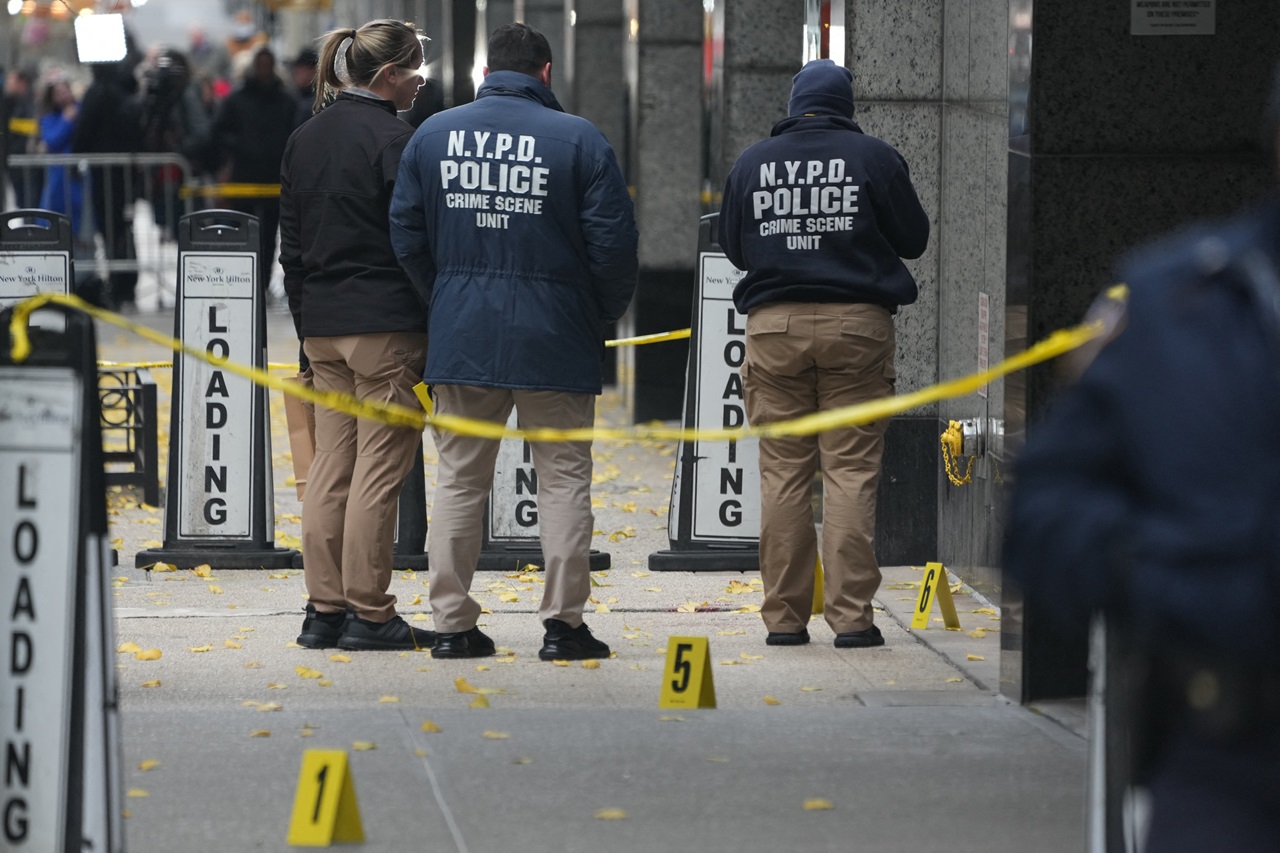
Philadelphia life expectancy declines due to opioid crisis, violence: city report
Drug overdoses were the third leading cause of death in Philadelphia in 2017, behind heart disease and cancer. Most drug overdoses in the city were opioid…
Amid a “nearly 4-fold” increase in drug overdose deaths in recent years, and a 14 percent uptick in homicides over the previous year, Philadelphia’s life expectancy declined in 2017, a report released last week by the city’s Department of Public Health found.
The drop, to 79.7 years for women and 72.4 years for men, was “among the [report’s] grimmest findings,” the city noted. Philadelphia’s black population falls below the average - black men live an average of 69.1 years, the lowest in the city, and black women, 77.9 years, the lowest among women.
Life expectancy across the U.S. has been falling since 2015 thanks in large part to the opioid epidemic and increased suicide rates. This is the longest sustained decline in 100 years, since World War I and the flu pandemic, the Washington Post reported.
Drug overdoses were the third leading cause of death in Philadelphia in 2017, behind heart disease and cancer.
Most drug overdoses in the city were opioid-related - such deaths rose by 46 percent over the previous year, to 59 per 100,000 people.
Overall, 914 Philadelphians overdosed on opioids, 84 percent of whom did so on on fentanyl. The situation is worst among the city’s white population.
The report noted that the fatal overdoses are “just the tip of the iceberg.” More than 8,000 people visited emergency rooms for non-fatal drug overdoses, and the city added that many more suffered non-fatal overdoses which were reversed outside the hospital.
An increase in violence in Philadelphia has also contributed to the lowered life expectancy. The police department recorded 315 homicides in 2017, up from 277 the year before, and a 28 percent rise since 2013.
The city’s black population was especially hard hit by this development, at 36.7 homicide deaths per 100,000 people. This is almost double the average city rate, and nearly ten times higher than that experienced by the city’s white population. Latinos fall right below the city average, and 17.6 homicide deaths per 100,000.
Meanwhile, 23 percent of Philadelphians smoke cigarettes, the highest among major cities in the country, according to the report.
More than one third of the city’s adult population have obesity, as do over one fifth of children.
RELATED CONTENT
Rates of obesity, which place people at greater risk of developing chronic health conditions such as high blood pressure, type 2 diabetes, asthma, and cardiovascular disease, according to the report, are higher among Latinos and black people in the city.
There are positive developments, as well. The infant mortality rate has continued to decline, as have rates of childhood obesity, cigarette use and excessive drinking.
The city also credited Mayor Kenney’s soda tax for reducing “daily consumption of sugar sweetened beverages among teens and adults.” Among teens, this was a four percent drop compared with 2015.
Finally, the report highlighted continued improvement in insurance rates. Less than 10 percent of adults in Philadelphia are now uninsured, down from 20.5 percent in 2013.
The decline in the uninsured rate has been helped by Medicaid expansion, which has increased its enrollment to more than one in five Philadelphians today, the report noted.
The uninsured rate among Latino adults today, however, is significantly higher than the city average, at 20 percent.
To read more about the 2018 Health of the City report, click here.











LEAVE A COMMENT:
Join the discussion! Leave a comment.